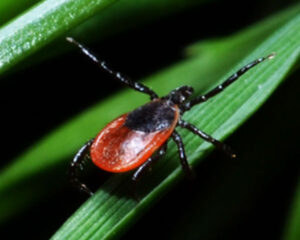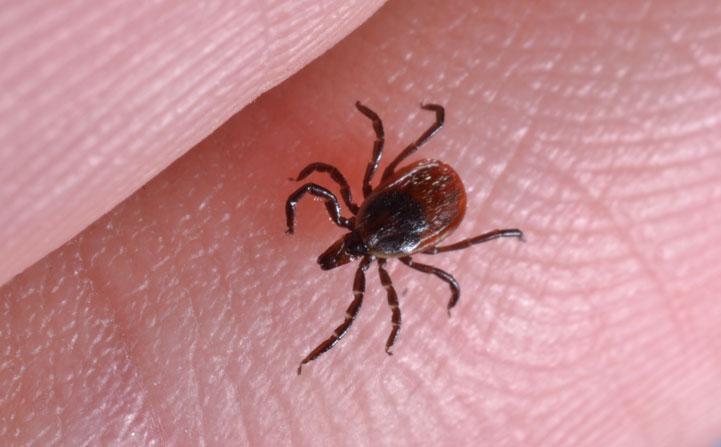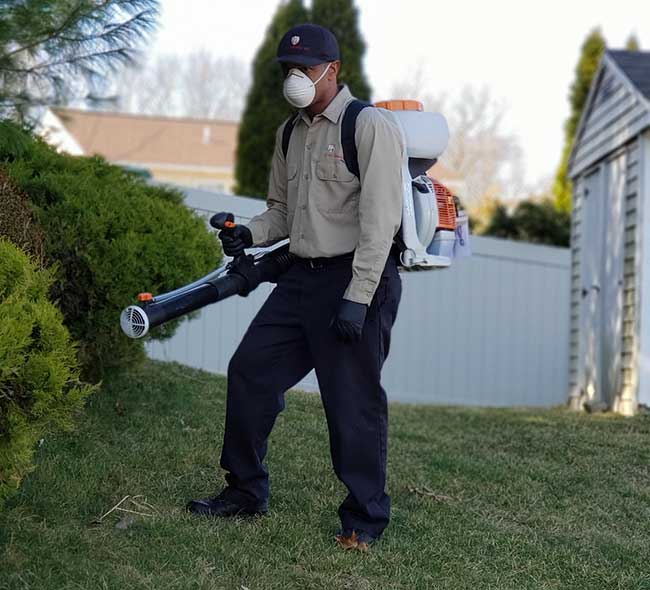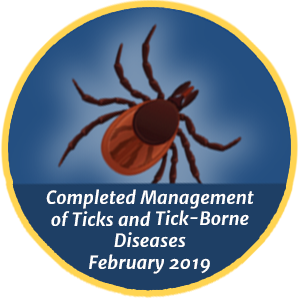
TICK CONTROL IN CT
Don’t let ticks ruin your outdoor enjoyment!
Connecticut is home to many different ticks that are known to carry and transmit diseases such as Anaplasmosis, Babesiosis & Lyme disease. In 2014, the CDC reported that about 30,000 Americans are reported with Lyme disease every year. Protect your family with our customized tick services today!

TICK SOLUTIONS
Protect your family today! Contact CT Pest Solutions right now!
Services
- Free tick inspections
- Exterior tick control treatment to the vegetation transitional zones around the property
- Identification of conducive conditions.
- Practice Integrated Pest Management (IPM) to protect our environment
- Experienced, licensed and trained tick services specialist


Our 5 Step Tick Management Service
STEP 1. Inspect & identify conducive conditions or high risk zones that are contributing to high tick populations
STEP 2. Recommend landscape management to make the environment less suitable for ticks
STEP 3. Recommend or provide plan of action to manage host animals
STEP 4. Implementation of customized regular quality tick control applications for tick elimination
STEP 5. Continuously inspect and monitor the progress
Our 5 Step Tick Management Service
STEP 1. Inspect & identify conducive conditions or high risk zones that are contributing to high tick populations
STEP 2. Recommend landscape management to make the environment less suitable for ticks
STEP 3. Recommend or provide plan of action to manage host animals
STEP 4. Implementation of customized regular quality tick control applications for tick elimination
STEP 5. Continuously inspect and monitor the progress


We Guarantee Our Services!

![]()
OUR OFFICE
734 RUBBER AVE. 2F
NAUGATUCK, CT 06770
